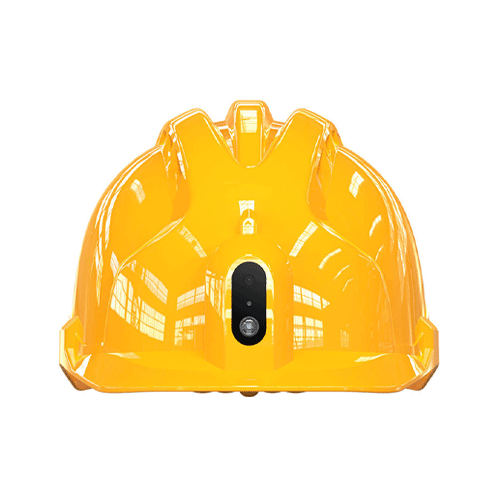workplace safety clothing products
Workplace Safety Clothing Essential Products for Employee Protection
In today's fast-paced industrial and corporate environments, safety should always be a top priority. Among the various measures taken to ensure a safe workplace, proper clothing and safety gear play a pivotal role. Workplace safety clothing products are specifically designed to protect employees from potential hazards, making them indispensable in various sectors, including construction, manufacturing, healthcare, and more. This article explores the different types of workplace safety clothing and their significance in safeguarding workers.
Understanding Workplace Hazards
Workplace hazards can range from physical and chemical risks to environmental dangers. Employees in construction sites may face falling objects, while those in chemical plants might be exposed to harmful substances. Healthcare workers frequently encounter biological hazards. Given these risks, workplace safety clothing must be designed to offer adequate protection and functionality tailored to the specific dangers present in particular work environments.
Types of Workplace Safety Clothing
1. High-Visibility Clothing High-visibility clothing, such as vests and jackets, are critical for workers in environments with low light or high traffic. These garments use fluorescent fabrics paired with reflective materials, enhancing visibility. They are especially crucial for road workers, traffic controllers, and construction personnel who work near moving vehicles.
2. Protective Outerwear In industries exposed to harsh weather, protective outerwear, including raincoats and insulated jackets, is essential. These garments help maintain body temperature and provide a barrier against rain, snow, wind, and other environmental conditions. Proper insulation and waterproofing can prevent hypothermia and other cold-related illnesses.
3. Flame-Resistant Clothing For workers exposed to open flames, sparks, or electrical hazards, flame-resistant clothing is a must. Made from specialized materials, these garments prevent ignition and provide thermal protection, significantly reducing the risk of burns and injuries.
4. Chemical-Resistant Gear Employees dealing with hazardous chemicals require clothing that can withstand exposure without compromising skin safety. Chemical-resistant coveralls, gloves, and face shields are crucial in industries such as pharmaceuticals, oil and gas, and food production, where the risks of contamination are high.
workplace safety clothing products

5. Personal Protective Equipment (PPE) Beyond clothing, PPE includes hard hats, safety goggles, gloves, and ear protection. These items are essential in construction, manufacturing, and other high-risk workplaces to protect employees from physical injuries, noise, and flying debris.
6. Foot Protection Safety boots and shoes equipped with steel toes, slip-resistant soles, and puncture-resistant materials are vital in sectors where foot injuries are prevalent. Proper footwear not only protects against accidents but also provides comfort and support during long working hours.
7. Ergonomic and Comfort Features Modern workplace safety clothing also incorporates ergonomic designs and breathable fabrics. These features reduce fatigue and enhance comfort, encouraging employees to wear their safety gear consistently. Clothing designed with ease of movement in mind is particularly important in labor-intensive jobs.
The Importance of Compliance and Training
Employers have a legal and ethical obligation to provide adequate safety clothing and ensure that employees are trained on its proper use. Compliance with safety regulations and standards, such as OSHA (Occupational Safety and Health Administration) guidelines in the United States, ensures that workplace safety clothing meets necessary protections.
Regular training sessions on the importance of wearing safety clothing, as well as how to properly maintain and utilize it, help instill a culture of safety in the workplace. Employees who understand the significance of their safety gear are more likely to adhere to safety protocols and utilize protective equipment effectively.
Conclusion
In conclusion, workplace safety clothing products are essential components of any effective safety program. They protect employees from a multitude of hazards while promoting a safe and productive work environment. By investing in high-quality safety clothing and ensuring proper training, employers can significantly reduce the risk of workplace accidents and enhance overall employee well-being. As industries continue to evolve and face new challenges, prioritizing workplace safety will remain an integral aspect of developing a conscientious and responsible workforce.
-
Wholesale Safety Helmets - Cheap OEM Supplier China Manufacturer
NewsMay.30,2025
-
Top Safety Helmet Manufacturers in Japan - Durable & Certified
NewsMay.30,2025
-
Affordable 3M Safety Helmets in Pakistan Bulk Pricing & Factory Deals
NewsMay.30,2025
-
Affordable HDPE & EN397 Hard Hats - Safety Certified, Bulk Deals
NewsMay.29,2025
-
FDA-Compliant Food Safety Clothing Suppliers Health Dept Approved
NewsMay.29,2025
-
adidas safety clothing
NewsMar.07,2025
